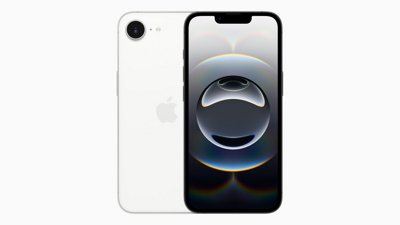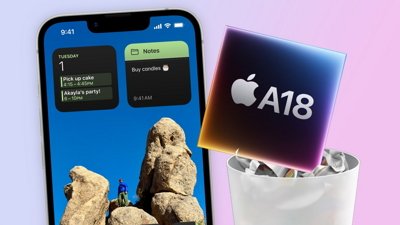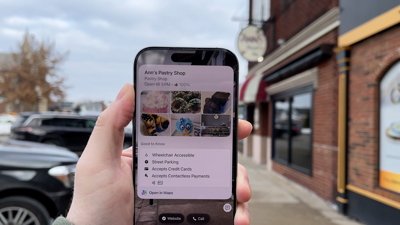Apple announced the iPhone 16, iPhone 16 Plus, iPhone 16 Pro, and iPhone 16 Pro Max during the "It's Glowtime" Apple event on September 9, 2024. Apple Intelligence was the central focus of the event, especially with the new Camera Control button adding Visual Intelligence features.
The iPhone 16e joined the lineup in February 2025 with a slimmed down feature set and iPhone 14-like design. It has USB-C, one 48MP camera, and an A18 processor.
The overall design remains consistent from the iPhone 15 generation, but the standard models have a vertical camera bump for Spatial Video capture related to Apple Vision Pro. The colors are much more vibrant on standard models, while pro models get a new desert titanium option.
In a rare move, Apple included the Camera Control button on every iPhone 16 model. It is a button with several inputs like touch, press, and swipe thanks to capacitive and force sensors.
The A18 and A18 Pro bring a more advanced neural processing for Apple Intelligence. Apple calls the iPhone 16 and iPhone 16 Pro the first devices built from the ground up for Apple's AI tools.
iPhone 16e
Apple discontinued the iPhone SE and replaced it with a new higher-end model called the iPhone 16e. It's priced at $599, so it's not quite as budget-friendly as the device it replaced.
The feature set focuses on providing as many modern features to users as possible without crossing into the base iPhone price of $799. It lacks MagSafe, mmWave 5G, Wi-Fi 7, Camera Control, and the Dynamic Island to cut costs.
The inclusion of the A18 and 8GB of RAM ensures the iPhone 16e can run Apple Intelligence. It also has the C1 modem, Apple's first in-house modem that replaces the ones from Qualcomm.
The 48MP camera is a two-in-one system that can capture photos via the Main Camera and a 2x Telephoto Camera using a single lens. Users can also assign Visual Intelligence to the Action Button.
Due to all of the custom Apple Silicon and large battery, it has a 26 hour battery life when playing video.
Reviews focused on the lack of MagSafe, but noted the devices as a fine entry point into the current lineup. However, those that are prioritizing price may find better deals on older models.
iPhone 16 and iPhone 16 Plus
The first thing customers will notice with the iPhone 16 and iPhone 16 Plus is the vibrant color options. They are available in ultramarine, teal, pink, white, and black.
Every iPhone 16 model can run Apple Intelligence, which launched with iOS 18.1. Beyond AI, the iOS 18 updates focused on adding new customization features.
The Action button is also included on the standard iPhones for the first time. Program it to perform nearly any function or shortcut found on the iPhone after pressing and holding the Action button.
Camera Control is a significant change ot how the iPhone operates. If the camera is the most important part of an iPhone, then the interaction with that camera has as much importance.
Third-party camera apps can tap into Camera Control for in-app controls. Launch the camera from anywhere on iPhone faster than ever with the dedicated button.
The iPhone 16 and iPhone 16 Plus camera systems have also been upgraded. The cameras are arranged vertically for shooting spatial video that can be viewed on Apple Vision Pro, and the Ultra Wide Camera now has autofocus for macro shots.
iPhone 16 starts at $799 and the iPhone 16 Plus starts at $899. Both start with 128GB of storage and can be upgraded to 256GB or 512GB for an additional $100 or $300 respectively.
iPhone 16 Pro & iPhone 16 Pro Max
There isn't much to see externally different for the iPhone 16 Pro and iPhone 16 Pro Max, except both models are larger. They have a 6.3-inch and 6.9-inch display, making them the biggest iPhones per their respective model to date.
The standard iPhones got much more vibrant while the pro models went more earthy. The available colors are desert, natural, white, and black titanium with a new microblasted finish.
The displays are relatively unchanged with a Dynamic Island, always-on display, ProMotion, True Tone, and a 460 ppi pixel density. The titanium edge is still rounded, and the back glass is textured.
The A18 Pro is a powerful chipset built from the ground up for Apple Intelligence. It has a new 16-core Neural Engine, 6-core CPU and 6-core GPU.
The new processor provides a more powerful image signal processor, which pairs with the 48MP Fusion Main Camera, 48MP Ultra Wide Camera, and 12MP 5x Telephoto Camera with tetraprism design. It means better macro shots, more detail, and an improved photo pipeline with reworked Photographic Styles that can be reverted.
Video is upgraded too with 120Hz 4K capture for ultra slow motion or crisp capture at standard speed. Spatial Video capture is still 1080p at 30Hz.
The iPhone 16 Pro and iPhone 16 Pro Max both get Camera Control, and the Action button has returned. Both features offer a range of control options for third-party apps and camera apps.
Phone 16 Pro starts at $999 and the iPhone 16 Pro Max starts at $1,199. Both start with 128GB of storage and can be upgraded to 256GB, 512GB, or 1TB for an additional $100, $300, or $500 respectively.
iPhone 16 Pro review
While the external design didn't change, there's still some very Apple-like upgrades competitors should look to emulate. The jump to the 5x Telephoto was an expected catch-up move, while the Ultra Wide Camera at 48MP is a big improvement.
The star of the show, of course, is the new Camera Control. The touch-sensitive button provides new ways to capture photos and control apps — even third-party apps.
Camera Control can be classified as just okay, for now. It's a bit fiddly and requires some muscle memory reprogramming to use.
The extended battery life and faster, more efficient processor are both useful gains. Though, the crucial update everyone is waiting for with Apple Intelligence isn't public, so there isn't much to say about that yet.
Upgraders likely need not apply if they have an iPhone 14 Pro or newer, though there is a lot to like in the iPhone 16 generation. iPhone 16 Pro lands as a good size, feature, and price balance for most.
We rated iPhone 16 Pro at 4.5 out of 5. Read the full iPhone 16 Pro review for all the details.
iPhone 16 Pro Max review
Apple's flagship iPhone is bigger and more powerful than ever. It matches the smaller model spec for spec except in display size and battery life.
Despite getting bigger, it doesn't feel unwieldy or heavy in the hand. The addition of Camera Control means case makers face a new challenge, but a cutout for the button is good-enough if necessary.
The extended battery life, quoted at about 33 hours of browsing, is the killer feature over the smaller pro phone. Unless you're playing high-end games or recording a lot of 4K video, the iPhone 16 Pro Max can last all day without a charger.
The most significant update across the iPhone 16 lineup are reversible Photographic Styles. Having the ability to go deep into the photo creation pipeline and alter the way saturation and contrast are calculated is a useful change for all skill levels.
Photographic Styles provide users the ability to easily edit or capture any photo in the exact style they find desirable for every situation. They are non-destructive and easy to apply and manipulate.
It's like having the ability to individually color grade in Photoshop without needing to know how. Users can even set a default Photographic Style that can be reversed later if needed so they no longer have to rely on the standard iPhone photo look.
We rated iPhone 16 Pro Max a 4.5 out of 5. Read the full iPhone 16 Pro Max review for more details about the camera system.
Apple Intelligence
Apple revealed a range of features during WWDC 2024 called Apple Intelligence. They were Apple's first attempt at the so-called "artifical intelligence" technology that had become mainstream in the previous year.
Apple Intelligence is built to run on-device or, if needed, on servers built specifically to maintain user privacy using a system called Private Cloud Compute. Nothing is trained on user data and the user remains in control of all data and actions taken with AI.
Generally, Apple's version of AI tools rely on the user to provide content rather than generate something from scratch. The only exception is Image Playground, which lets users generate rudimentary images from simple prompts.
A slow rollout
iOS 18.1 released on October 28 with initial access to Apple Intelligence features. Those include Writing Tools, Photos memories and Clean Up, and system-wide summarization.
Writing Tools include the option to proofread text with Apple Intelligence. Users can also transform text with a rewrite function, or choose to summarize or change the text to be more professional or friendly. Other tools include transforming text into lists, tables, or summaries.
Clean Up in Photos allows users to remove objects or pixelize faces that should be obscured. A memory movie function lets users create a short video made up of content from the user's library with a prompt.
Summaries are everywhere — Mail, Notification Center, Notes, and Safari. Users are offered summaries automatically in some cases, or they can be generated in others.
iOS 18.2 released in December 2024 and enables sending queries to ChatGPT through Siri, image generation via Image Playground, Visual Intelligence, and Genmoji. The smarter Siri with intents won't become available until later in 2025 — likely with iOS 19.
Apple has allowed developers to start work on the new app intents system in iOS 18.2, so some new Siri integrations could arrive sooner than expected. The iOS 18.3 beta doesn't show signs of any new features.
The entire iPhone 16 lineup is compatible with Apple Intelligence. It gets an exclusive AI feature called Visual Intelligence, which is activated by holding down Camera Control.
The true test of Apple Intelligence will be the launch the new app intents system. With that, Siri and Apple Intelligence will understand contexts based on what's on screen, what's saved within apps, and UI of certain features.
iPhone 17
Up next is iPhone 17, which will be announced in September 2025. It is expected to introduce a new Slim model that will replace the existing Plus model.
While there may not be many significant upgrades beyond the chipset and cameras, rumors suggest Apple may be using the iPhone 17 Slim as a precursor to the eventual iPhone Fold.
Everything below this point has been preserved for historical purposes. It contains the rumors and other information written before the September 9, 2024 Apple event.
Pre-release iPhone 16 rumors
Time marches on, and that means new iPhones are coming. The iPhone 16 lineup is due in September of 2024, and rumors are piling up.
Rumors so far have suggested minor design changes with a focus on internal updates, chipsets, and a potential new button. The A18 Pro processor could have significant improvements focused on Apple AI efforts.
A significant indicator for what could be coming in the fall was revealed during WWDC 2024. Beyond the usual feature updates, Apple revealed its version of AI called Apple Intelligence.
The M4 processor introduced with the updated iPad Pro models in May 2024 also reflect Apple's potential AI strategy. High-end chipsets with powerful Neural Engines will be necessary to handle the rumored on-device models planned for iOS 18.
-
10% bonus Promo code: INSIDERTEN
iPhone 16: Plus, Pro, Max
Apple is expected to continue its two-tiered system of pro and standard devices — with a twist introduced in 2023. The standard iPhone and iPhone Plus should have near-identical features with different screen sizes, while the iPhone 16 Pro and iPhone 16 Pro Max may continue to see differentiated features.
There could be enough differentiation that Apple would call the high-end device iPhone 16 Ultra. Mark Gurman states this model would have the best camera configuration, the best display, and possibly an even better processor than non-Ultra models.
The Ultra name was rumored for the iPhone 15 lineup too, and since the name hasn't come up in recent rumors, it likely won't happen this time either. It has been rumored for multiple years and never pans out.
Pro models are expected to get a slight size increase. The iPhone 16 Pro would have a 6.27-inch display while the iPhone 16 Pro Max would have a 6.85-inch display. A leak in April 2024 corroborated this size change.
That size increase would allow the iPhone 16 Pro model to gain the 120 mm Tetraprism lens. A new photography-focused button called the Capture button is also rumored for pro models.
Otherwise, designs will likely remain somewhat similar year-over-year for every model. One notable change may be to the camera bump for the standard iPhones — shifting to a vertical alignment for spatial video capture.
A rumor in April 2024 suggests Apple could bring the metal-infused back glass to iPhone 16 Pro models. The material is easier to color and has a matte finish. It was originally used in the base iPhone 15, and could be used in the upcoming iPhone SE.
iPhone 16 Display
Apple is likely to retain the same display technologies for both the iPhone 16 and iPhone 16 Pro. The increased display sizes would have a new 16.6:9 aspect ratio.
However, in early April 2024, it seems that manufacturing with thinner bezels in mind is tricky to actually accomplish with a border reduction structure. A report surfaced that, due to the tight placement of circuitry, production is harder for all of Apple's usual display suppliers like Samsung display.
One early rumor suggested Apple could get rid of the display cutouts entirely and rely on a pure software Dynamic Island that can disappear. The rumor hasn't been repeated or corroborated, so it likely isn't happening this generation.
Apple could shrink the Dynamic Island slightly by placing some components below the display. One rumor said the cutout is more narrow, but that rumor suggested it was due to smaller components and not under-display tech.
The new iPad Pro models with M4 processors introduced in May 2024 have tandem OLED for brighter SDR content at 1,000 nits. Apple could use tandem OLED to make iPhone displays even brighter.
The standard iPhone 16 and iPhone 16 Plus would retain identical display sizes to the iPhone 15 and iPhone 15 Plus. They could gain an LTPO backplane for ProMotion and always-on display support, but so far those features have been reserved for pro models.
StandBy was introduced in iOS 17 and it is an interesting feature that takes full advantage of always-on displays. If Apple adds an LTPO backplane for a variable refresh rate, it doesn't necessarily need to enable refresh rates beyond 60Hz.
Some assume Apple could offer 90Hz displays on the standard iPhone models, but no rumors indicate that.
iPhone 16 Cameras
Apple has made big shifts in its cameras over the past few years — at least for pro models. Standard models likely won't see much of an upgrade beyond new capabilities enabled by the chipset and a new camera layout.
A rumor from Unknownz21 suggests Apple is testing a vertical camera arrangement for base iPhone 16 models. This vertical arrangement hasn't been used since iPhone 12, but would return to enable users to record 3D video for Apple Vision Pro.
The rumors of a vertical camera arrangement led to at least one accessory vendor designing cases for the potentially changed bump. The new bump would be rectangular around the cameras with the flash off to the side.
Supply chain analyst Ming-Chi Kuo says the tetraprism element introduced in iPhone 15 Pro Max could come to the iPhone 16 Pro due to increasing device sizes. There isn't enough space in the iPhone 15 Pro for the new 120 mm camera, but there should be in the 2024 model.
Apple could upgrade the Ultra Wide Camera to a 48MP sensor for pro models. It would mean sharper photography for the 0.5x mode and macro mode, but also offer significant improvements to spatial video capture and Portrait mode.
One August rumor claims that the camera lens for the iPhone 16 Pro models could have a new coating to reduce flares and improve the image quality. The technology, Atomic Layer Deposition, will coat the lenses with a film a few nanommeters thick, which could reduce ghosting.
Cameras are a very important part of the iPhone and no doubt they will be emphasized for the iPhone 16 lineup. A tool called Clean Up was introduced with iOS 18, but it's an editing feature that is used after a photo is captured. Apple could introduce Apple Intelligence photography features too.
Apple's competitors have pushed well beyond the realistic standpoint in photography with AI editing, but Apple has held its ground so far. Clean Up enables photos to be edited so they are still realistic representations rather than fantastical exaggerations. There won't be any moons replaced anyway.
iPhone 16 Capture button
A new button could be added to the iPhone 16 Pro models below the sleep/wake button, which would require the mmWave antenna to move. Rumors refer to it as the "Capture button" and it likely would be used with the camera.
Rumors surrounding the Capture button have moved from capacitive to mechanical with some different control options. Users may be able to swipe the button for zoom control, perform a half press to focus, and press to take a photo.
By April 22, the rumors spread back to the use of capacitive versions, with supplier Advanced Semiconductor Engineering to provide the components. A separate rumor from the same time said that two Taptic Engine motors would provide vibration feedback, specifically for "presses" of capacitive buttons.
The location of the Capture button mimics where a shutter button would be on a digital camera. Apple has added a shutter button to iPhone before, but through the Smart Battery Case.
It seems unlikely that Apple would add a new button a year after introducing the Action button, but anything is possible. One of the most popular uses of iPhone is the camera, so emphasis on that use with a dedicated hardware button could reinforce that idea.
3D models and case leaks show a cutout for the rumored Capture button. Again, these could be based on existing leaked models, or they could be official specs shared from Apple to let manufacturers prepare for the launch.
A feature in iOS 18 lets users replace the camera and flashlight buttons on the Lock Screen. It is a move that indicates Apple may have a better shortcut to the camera on iPhone 16 Pro and iPhone 16 Pro Max.
Another new iOS 18 feature is a simple UI change that could be used with the Capture button. It is a software representation of a button being pressed, in which an indentation occurs into the display whenever a button is pressed. This would be particularly useful for a capacitive button.
iPhone 16 Face ID and Touch ID
After years of rumors pointing to a return of Touch ID to the iPhone, they've finally fallen off. Ming-Chi Kuo states that Apple's solution for Face ID working with masks is enough of a stopgap that Touch ID won't return in 2024 models.
That leaves Face ID, which uses a sensor array situated beneath the dot and hole cutout in iPhone displays. Rumors suggest Apple could hide these components beneath the display, and this shouldn't reduce Face ID accuracy or security.
Apple hasn't stopped introducing new biometrics, though. The Apple Vision Pro uses something called Optic ID, which scans the wearer's iris.
It isn't clear if such biometric technology could come to iPhone or if it would be useful on a handheld device. For now, the only people that continue to worry about iPhone security are those with evil twins.
iPhone 16 Processor: A18 Pro
Apple's processor naming scheme just increases the value by one each year, so the iPhone 16 Pro and iPhone 16 Pro Max would run the A18 Pro. It would be the second-generation 3nm processor with modest speed improvements and an improved Neural Engine targeting Apple Intelligence.
The standard models would get the iPhone 15 processor — likely the A17, sans "pro." It isn't clear how Apple will handle standard iPhone chips in 2024, as one rumor suggests both iPhone 16 models will get an A18 variant so they all can support Apple Intelligence features.
A18 Pro could introduce new wireless technology like Wi-Fi 7, though that rumor doesn't seem overly realistic. Apple isn't usually at the forefront of wireless technology, and Wi-Fi 6E has only been introduced with A17.
Bringing a version of the A17 to the base both the iPhone 16 base models could enable Apple Intelligence on those devices. It is currently only available for both the iPhone 15 Pro and iPhone 15 Pro Max.
Apple focused on graphics improvements with the A17 Pro, but A18 Pro will likely be all-in on AI. The Neural Engine is a powerful component in Apple Silicon, but it could get a significant upgrade in 2024.
Rumors suggest Apple will use metal battery casing for improved heat distribution.
A more efficient processor combined with stacked batteries could lead to longer battery life. The iPhone 16 Plus will likely still have the best battery due to its display and processor configuration, but the iPhone 16 Pro Max could surpass it if its battery life is impacted by a more advanced processor.
A rumor shared in July 2024 suggests Apple is expecting to sell up to 100 million iPhone 16 units, likely driven by demand for access to Apple Intelligence. TSMC will be suppling the chip as usual.
However, prominent supply chain analysts like Ming-Chi Kuo say that these estimates are not reflected by the chip supplier's quarterly results. The expected super cycle may be on hold until Apple can launch a majority of its Apple Intelligence features, which aren't arriving until early 2025.
Apple Intelligence and iPhone 16
Artificial intelligence has become a significant buzzword in silicon valley. Apple's avoidance of the term, relying on the older machine learning designation, has led to the belief that Apple is behind on AI and large language models.
Even though Apple didn't call it AI until recently, there has been significant features that relies on AI like autocorrect and the image pipeline.
Ultimately, Apple did finally land on a marketing term that allows it to embrace the "AI" term, and it is called Apple Intelligence. After iOS 18 launches in the fall, it will run on iPhones with powerful processors, A17 Pro and newer.
The upgrades include Writing Tools, Image Playground, and an improved Siri. Apple's approach focuses on privacy with local models that rely on server calls only when necessary, and even the, they call Apple Cloud Compute servers where user data isn't saved or used for model training.
The improved Siri may not come until a much later update in 2025, likely iOS 18.4. Everything about Siri has changed and Apple processes billions of requests in a day, so it is likely a significant undertaking.
On-device AI
Apple Intelligence emphasized the use of private and secure local models that run on the iPhone. These models are powered by the Neural Engine found in A17 Pro and, once it is revealed, A18 Pro.
On-device AI is clearly something Apple has been aiming for with its efforts in the field. It is also an indication of why Apple Intelligence had to wait until WWDC 2024 to be revealed — the Neural Engine on A17 Pro is the first powerful enough to run it.
M-series processors from M1 to M4 can also run Apple Intelligence. So, any Mac with Apple Silicon is compatible with the new feature set. iPhone users are only able to use the iPhone 15 Pro and iPhone 15 Pro Max, for now.
The iPhone 16 Pro and iPhone 16 Pro Max will also be able to run Apple Intelligence. It remains to be seen if Apple will bring the features to standard iPhone models. That will depend on which chipset is used and its Neural Engine.
If a request needs access to a more powerful model, Apple can pass requests to an Apple-owned server with Apple Cloud Compute. Apple's server-side LLMs run on Apple Silicon, have a secure enclave, and keep information and requests just as private as running a model on-device.
ChatGPT and others
Apple also understands that users will want access to third-party LLMs — similar to how it offers alternative search options. So, there will be an option to enable ChatGPT and other LLMs for off-device requests. It's all optional, private, and off by default.
Just like when the on-device models might pass information to an Apple server, the same process will occur when determining if ChatGPT is required. For example, if a request needs world knowledge that ChatGPT has access to, a popup will request to send the prompt to ChatGPT.
The user must explicitly provide permission every time a request is sent to ChatGPT. The popup will contain what information is being sent to provide transparency.
On top of that user control, Apple has ensured OpenAI doesn't track user IP or keep data from requests under penalty of law. All data is tossed after an answer is provided, and nothing is used to train OpenAI's or Apple's models.
iPhone Fold & Slim
Rumors haven't slowed about Apple's potential future foldable. It could be released as an ultra-premium model at any point, and 2024 could be it.
Details have come from a mix of patents and leaks, so such a device is definitely being worked on internally, but that doesn't mean it will ever be released. The latest rumors suggest Apple could release the Fold in 2025 or 2026.
The current concept of an Apple foldable shows an iPad mini-sized device that can fold closed with a small external display. Rumors suggest Apple is also working on two versions of a flip-style foldable as well.
Such a device could be released alongside the iPhone 16 lineup, but only if and when Apple determines it has overcome the category's limitations. Creased displays, fragile components, and failing parts in competitors' products don't signal a strong start for the category.
However, Apple Vision Pro and Spatial Computing seem to be the top priority for Apple going forward. That may eliminate such risky experiments as a foldable iPhone, at least until the risk is near zero. More likely, the foldable fad will die well before the tech catches up to make it viable.
Apple is also rumored to be working on a slim iPhone with a single camera and several features that land it somewhere in the middle of the lineup. It would replace the failed "plus" line and act as a new standalone device akin to the SE.
Some even speculate rumors around the slim and fold models could belong to the same device — an ultra-thin premium device that can fold like a flip phone.
iPhone 16 Release date
Apple won't announce the iPhone 16 lineup until September 2024. Mass production reportedly began in August, meaning the devices are on schedule for the fall release.
Apple revealed the upcoming Apple event will be held on September 9, 2024 with the invite saying "It's Glowtime." The lineup is expected to maintain the same price points of the previous generation.
iPhone 16 would start at $799 and iPhone 16 Plus would start at $899. iPhone 16 Pro would start at $999 and iPhone 16 Pro Max would start at $1,199.
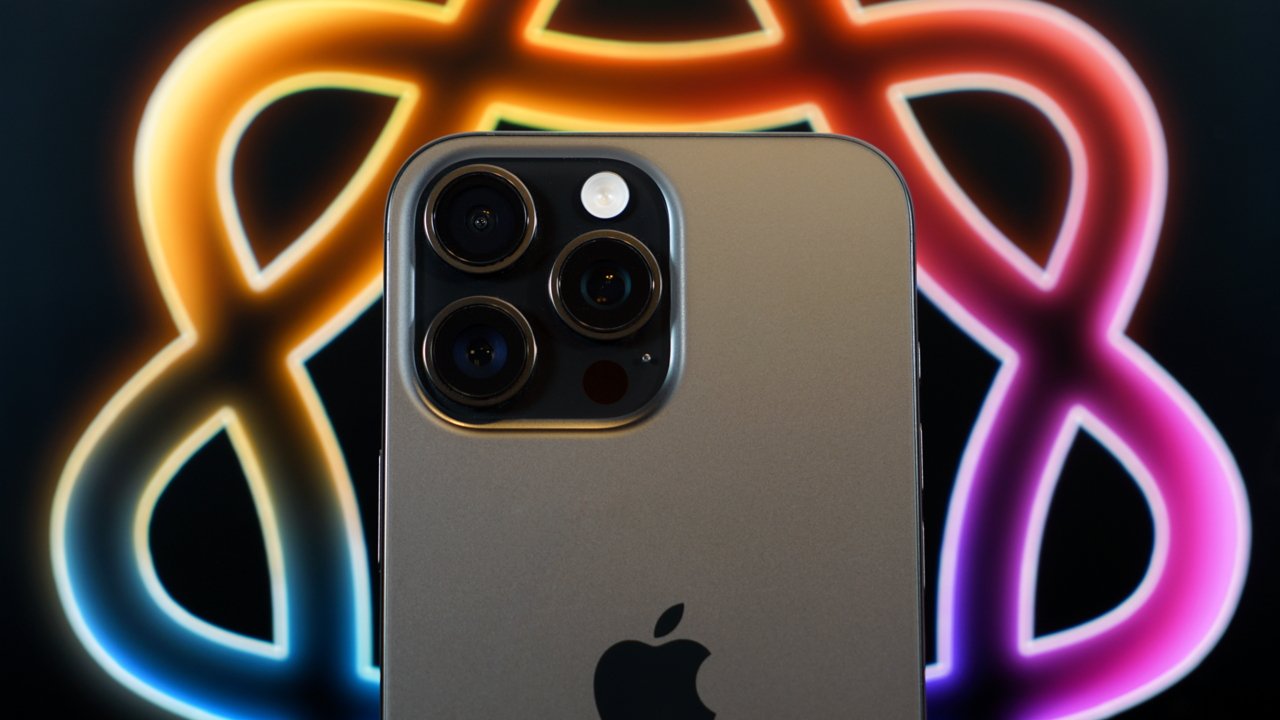
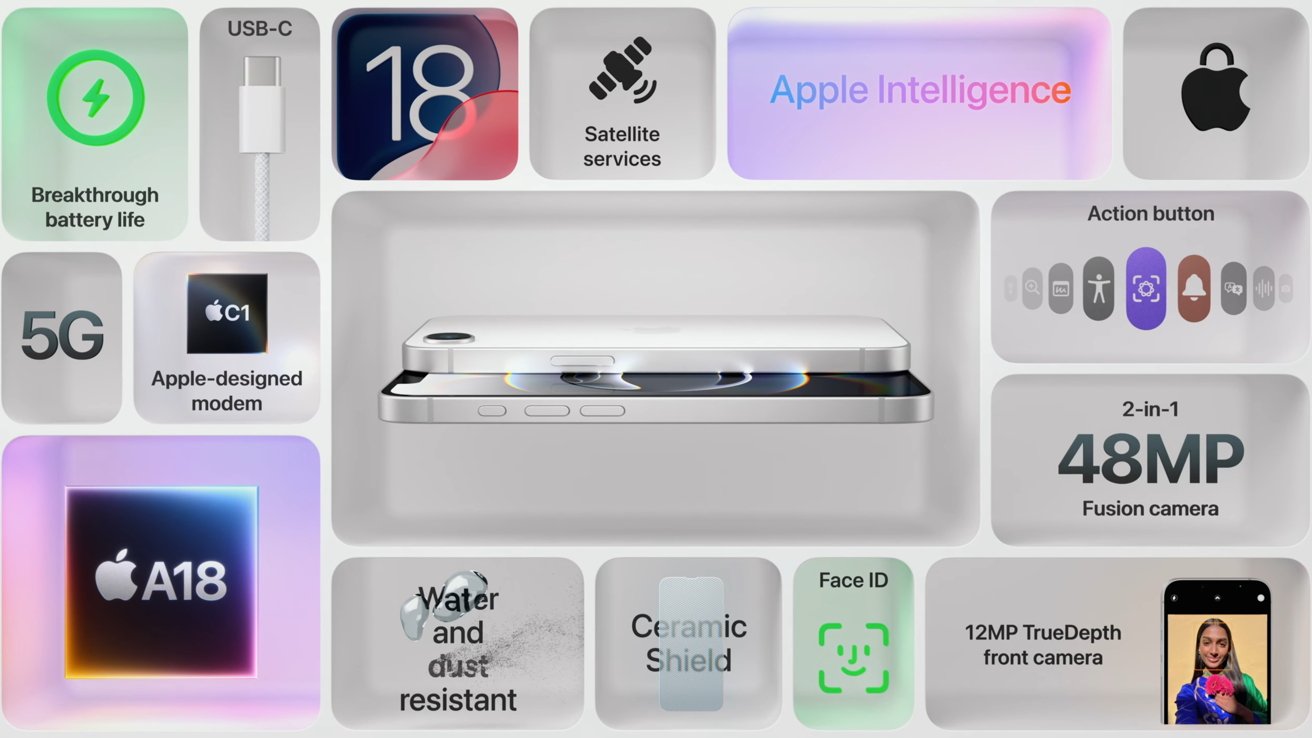
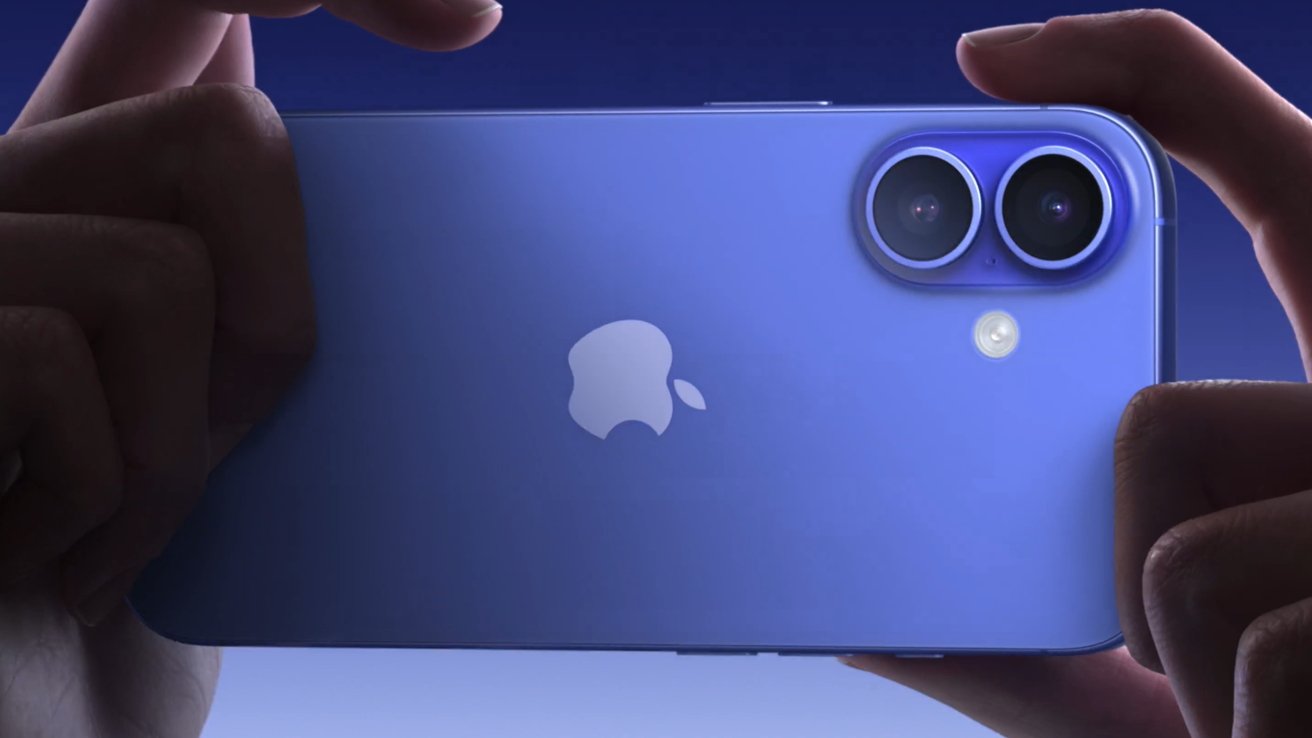
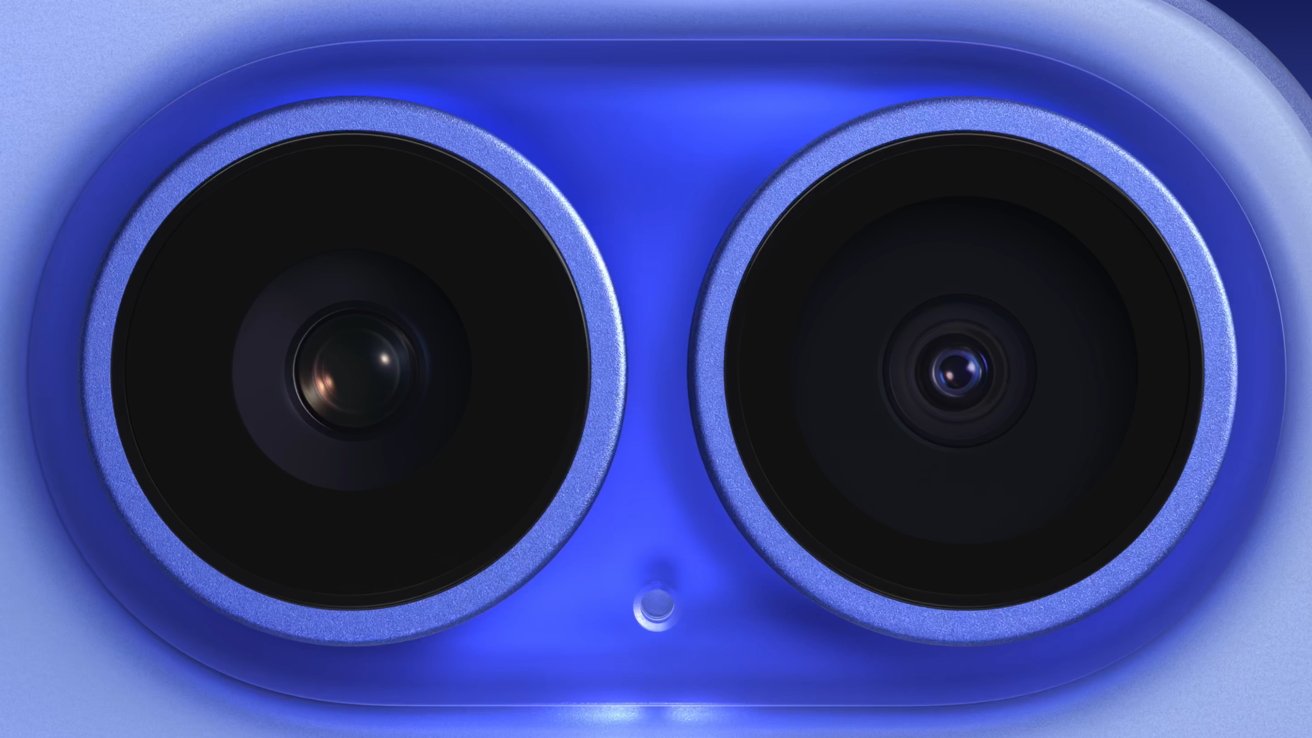
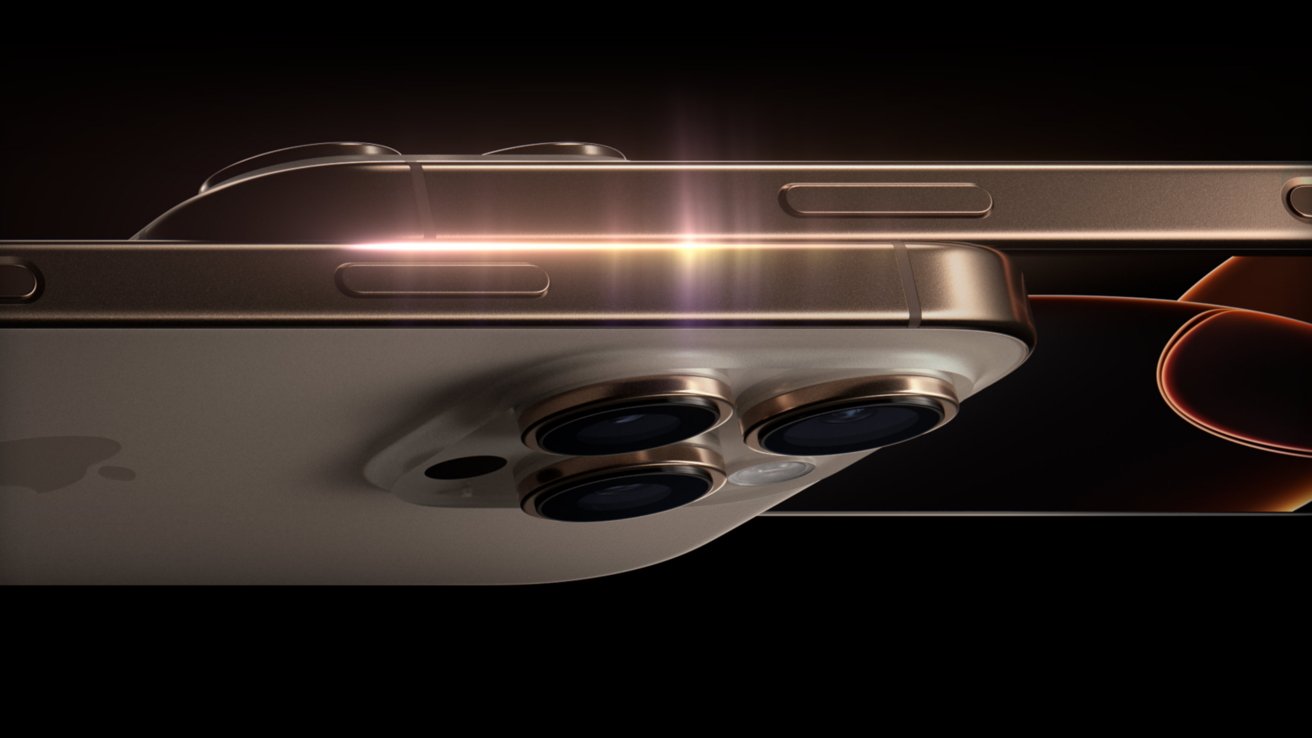
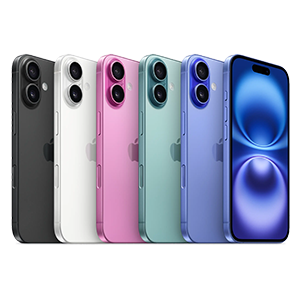


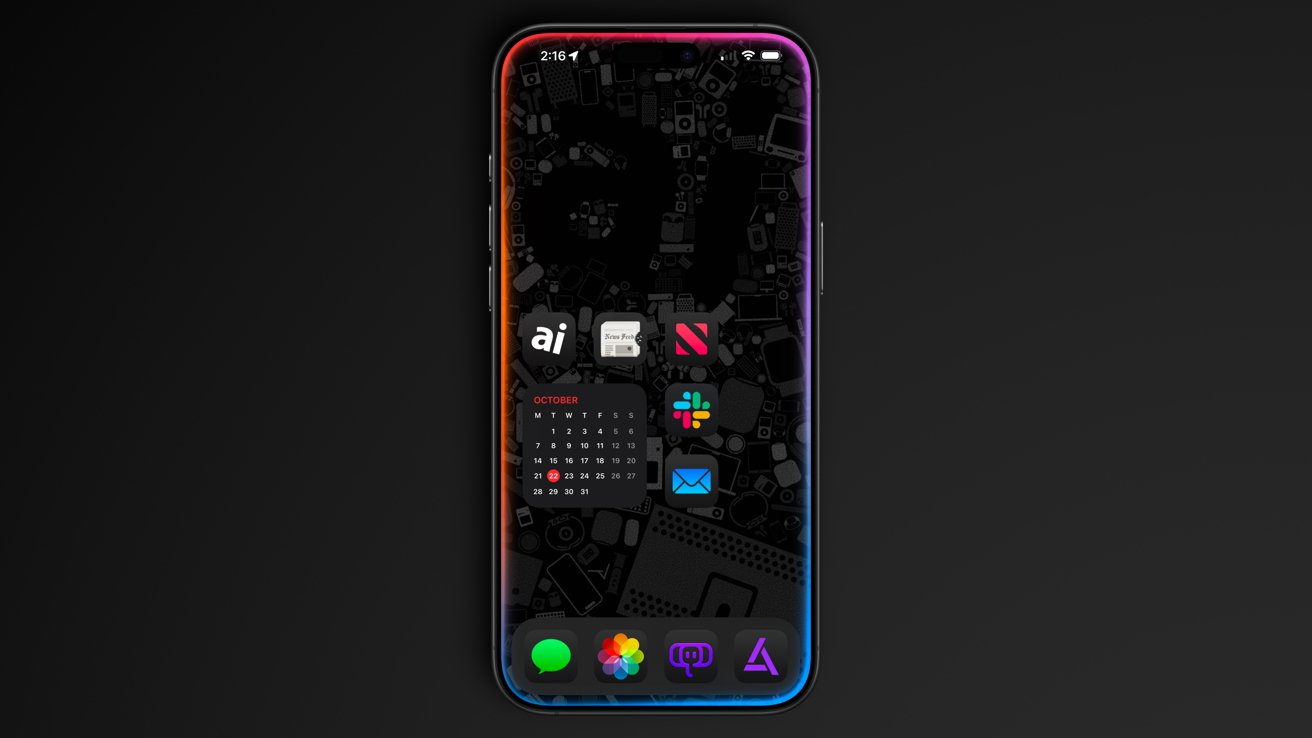
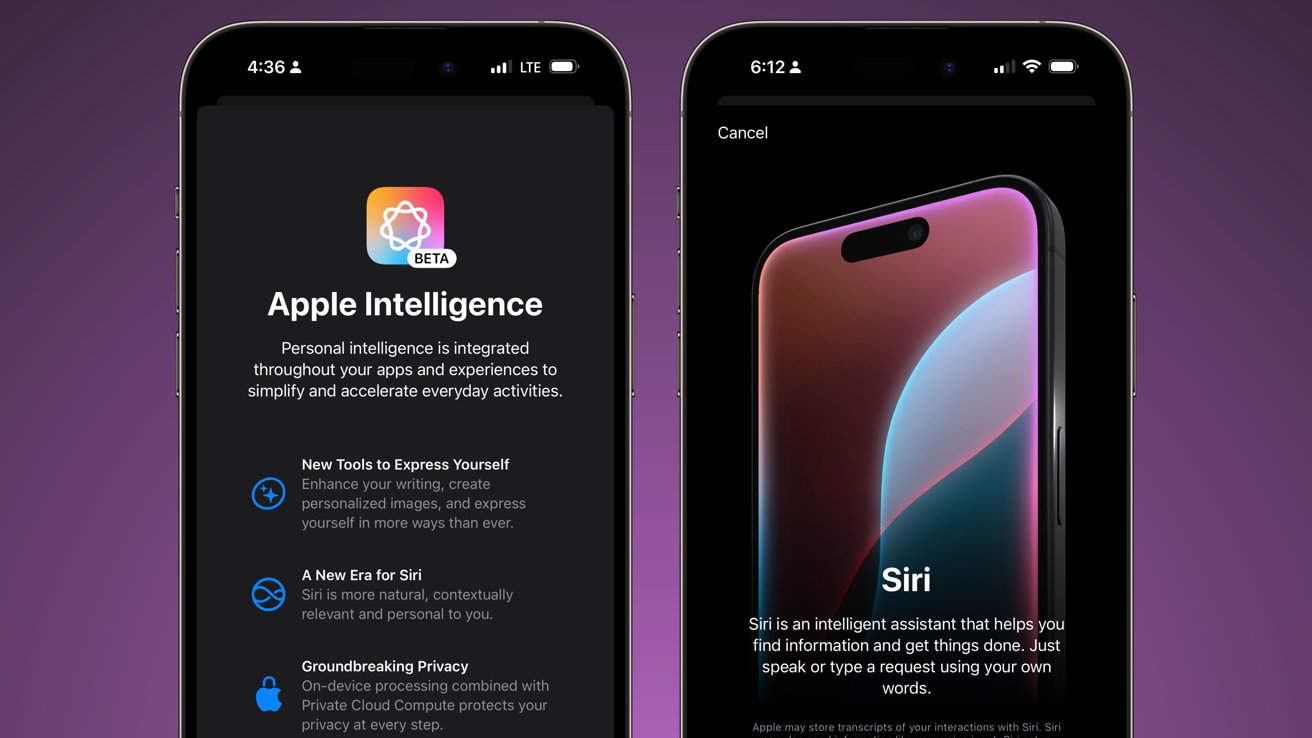





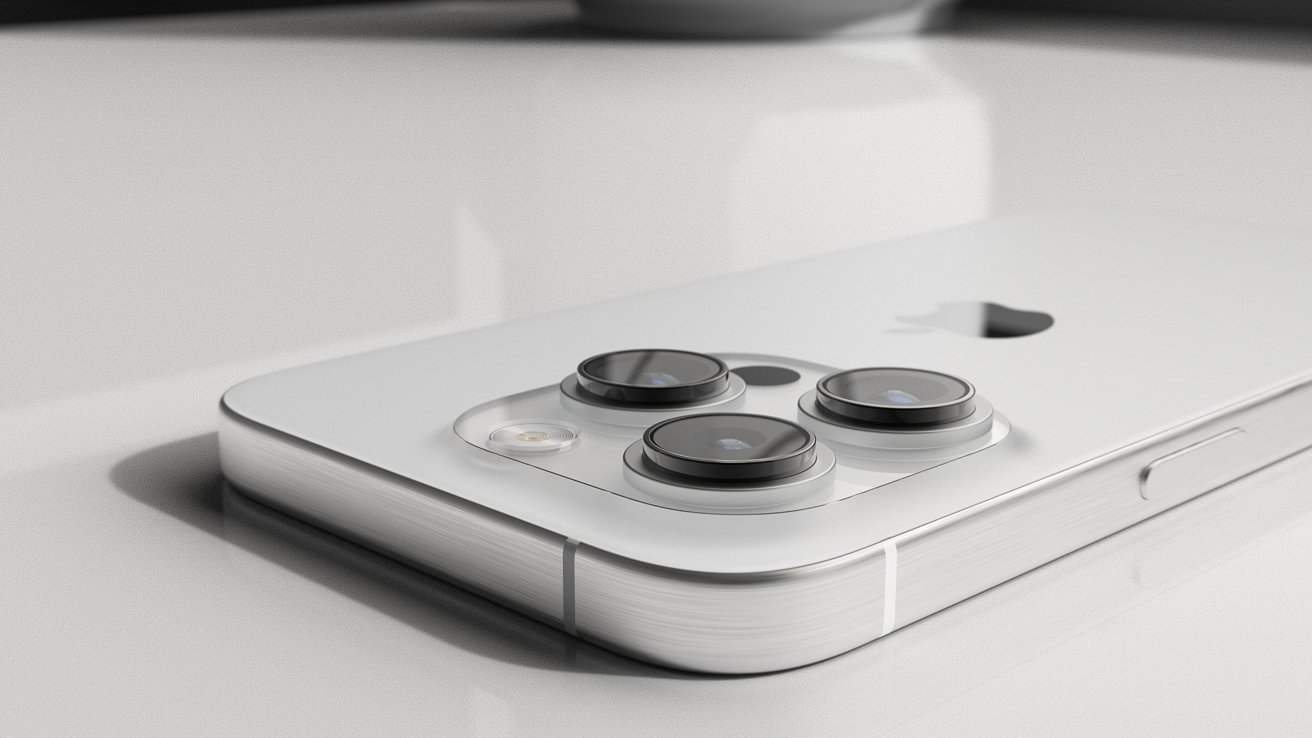
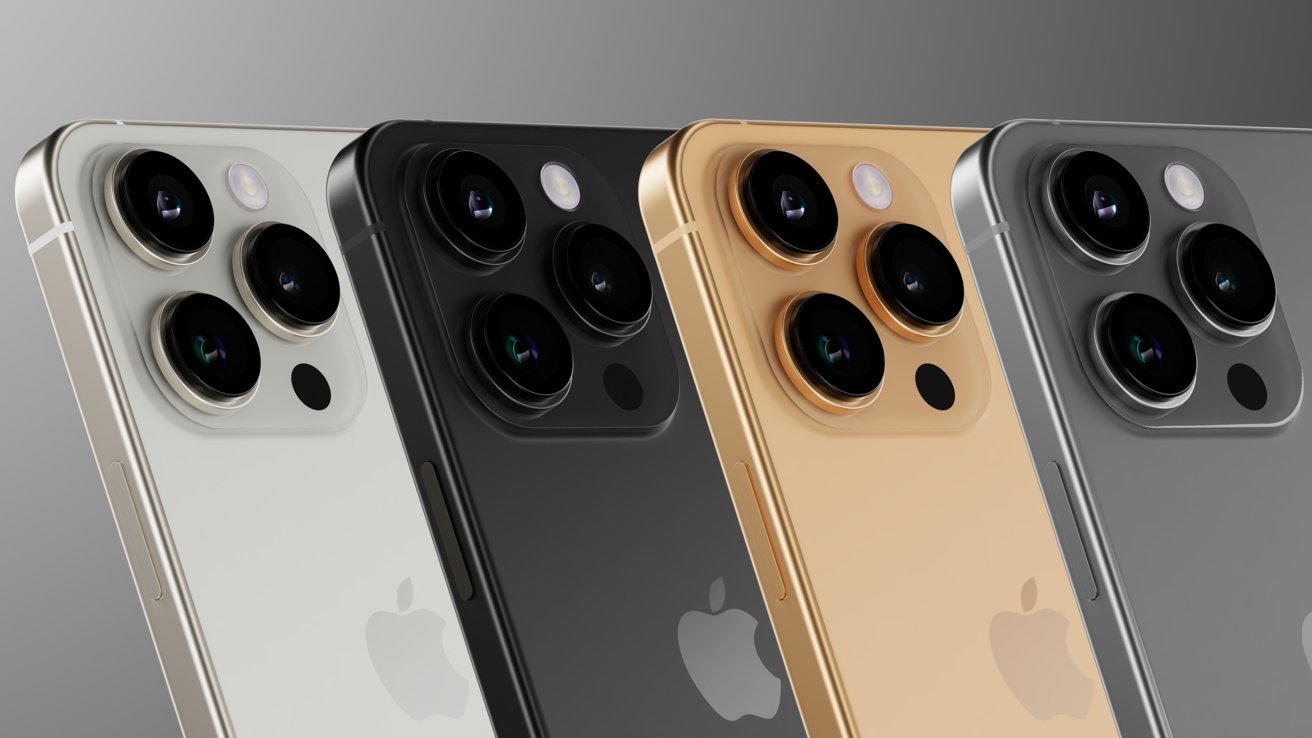
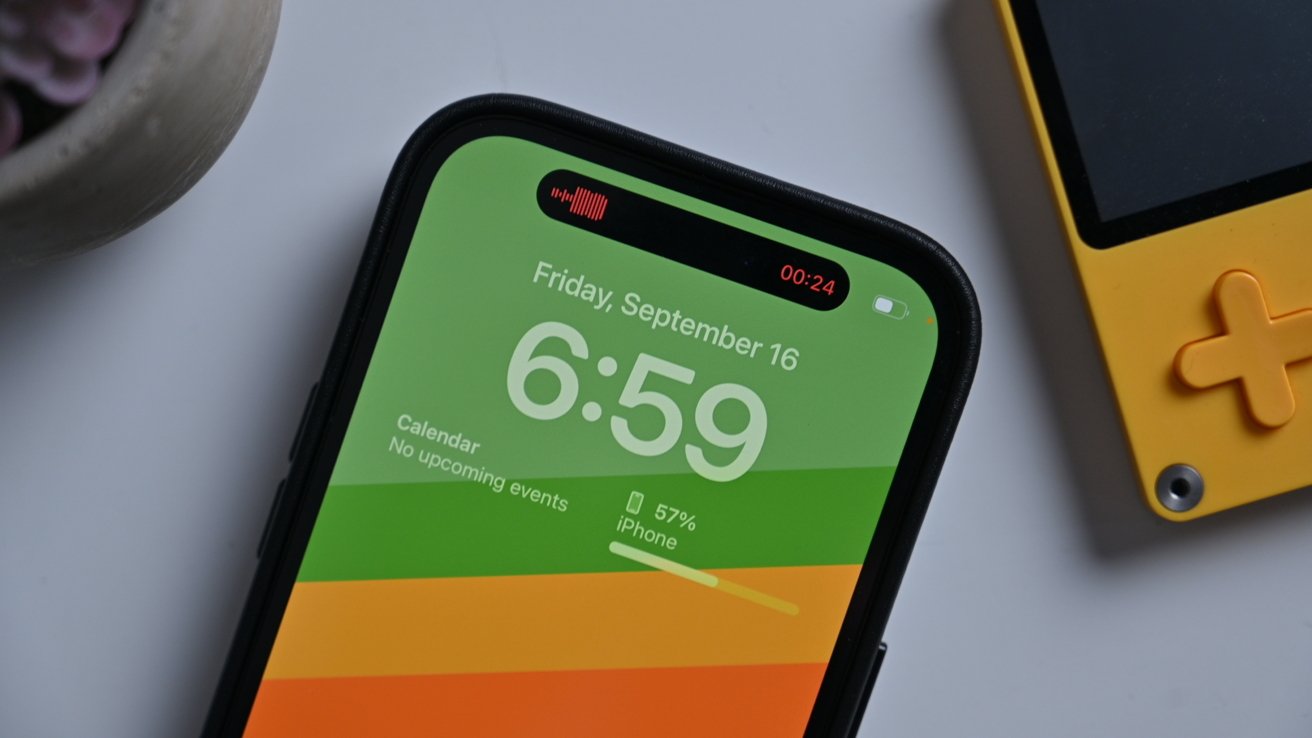

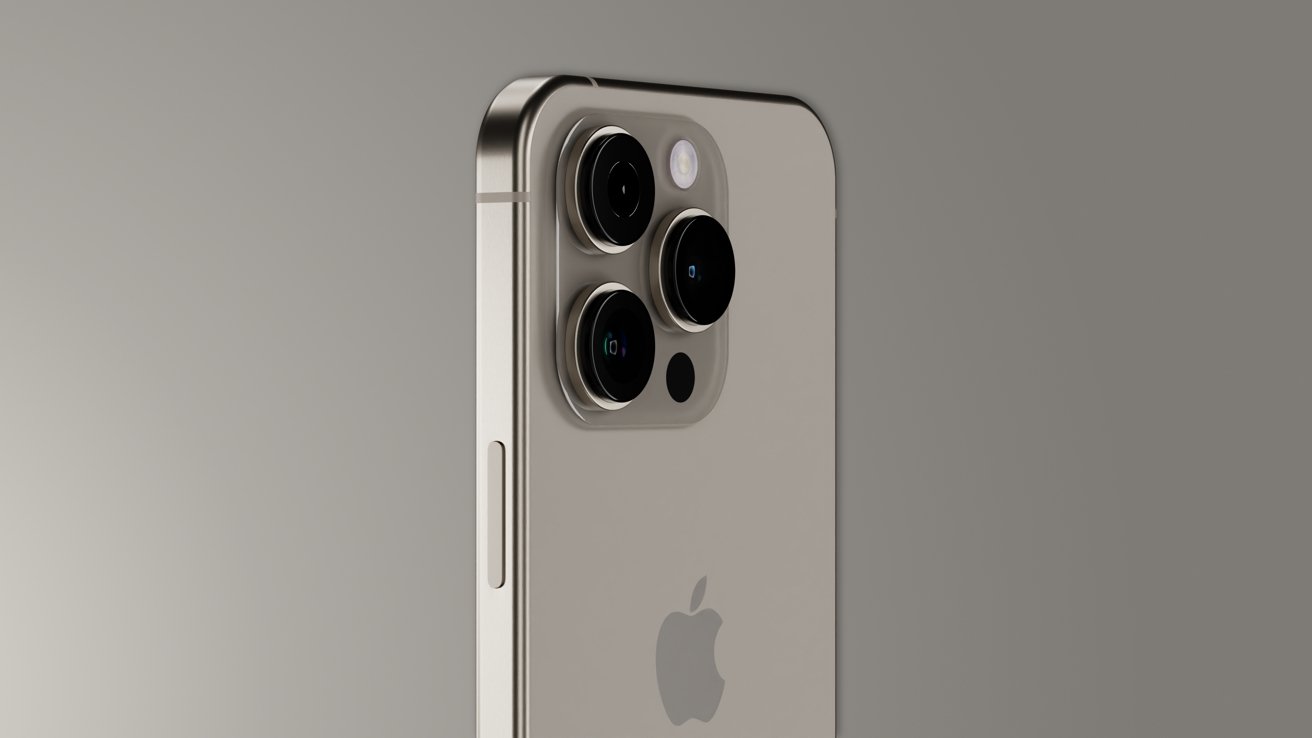
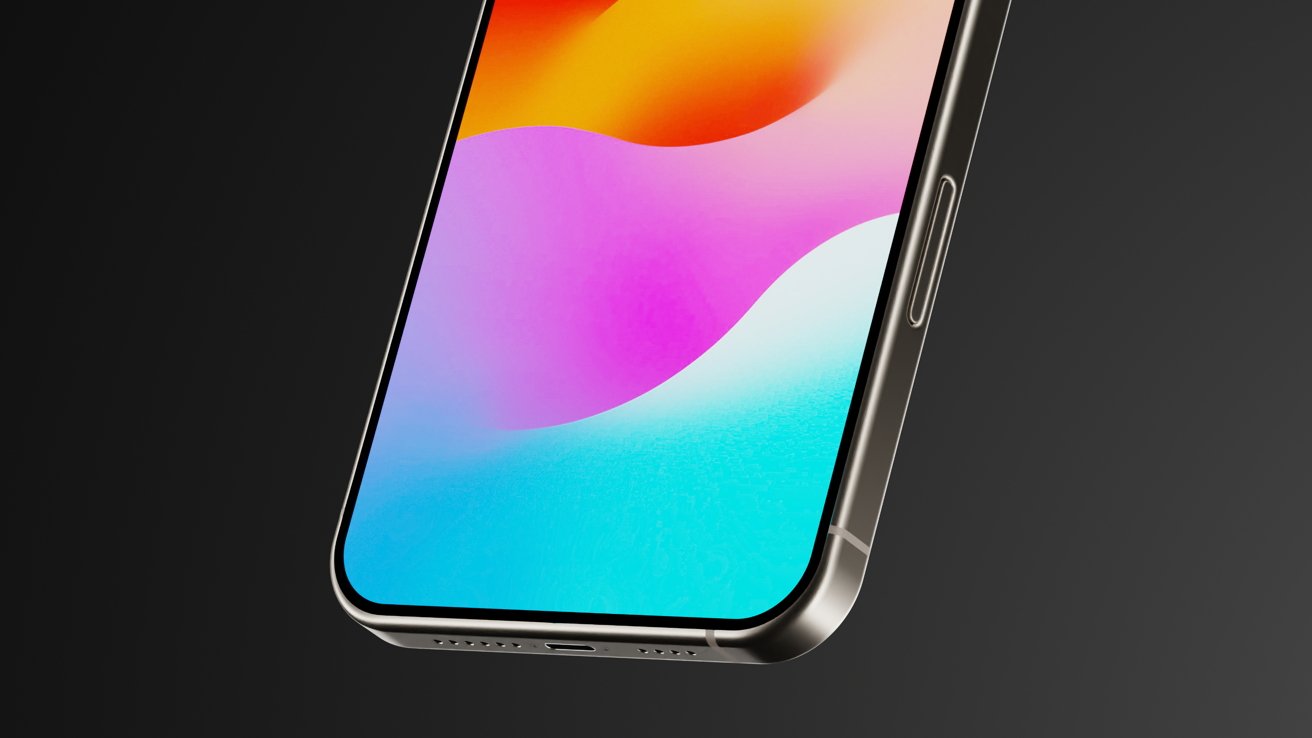
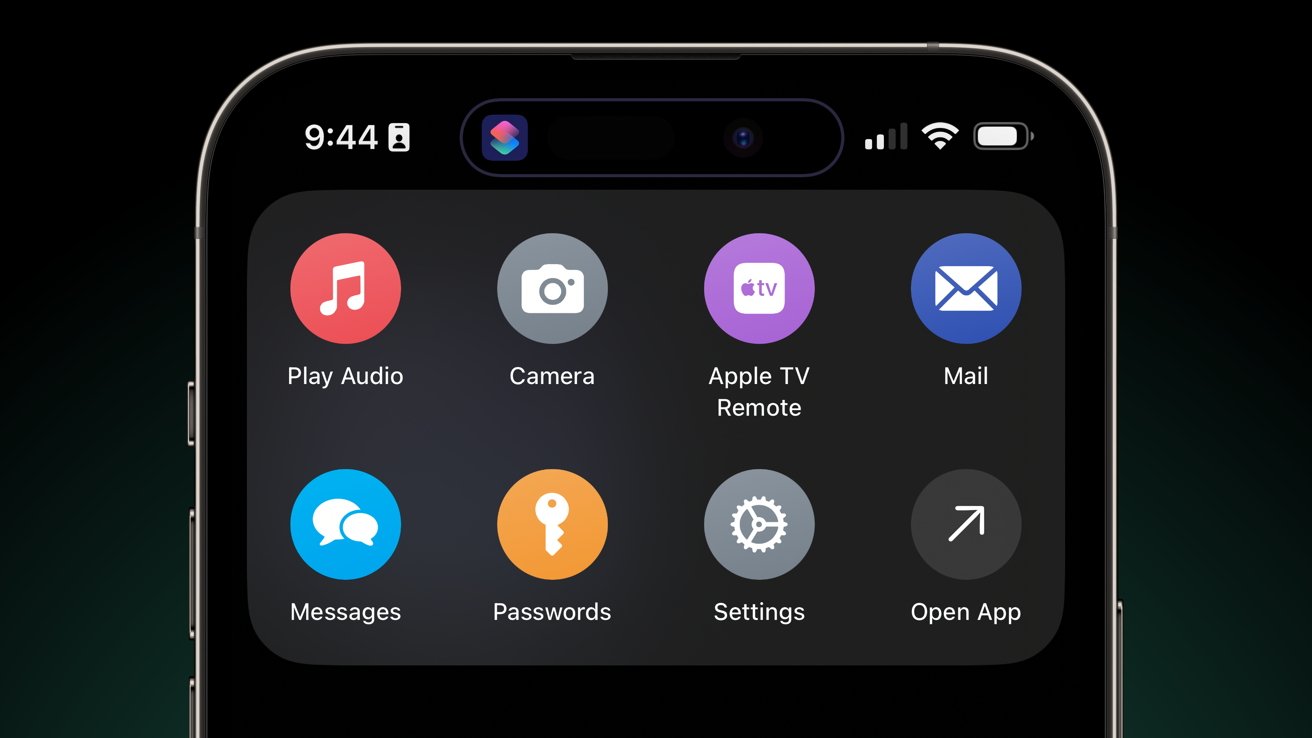
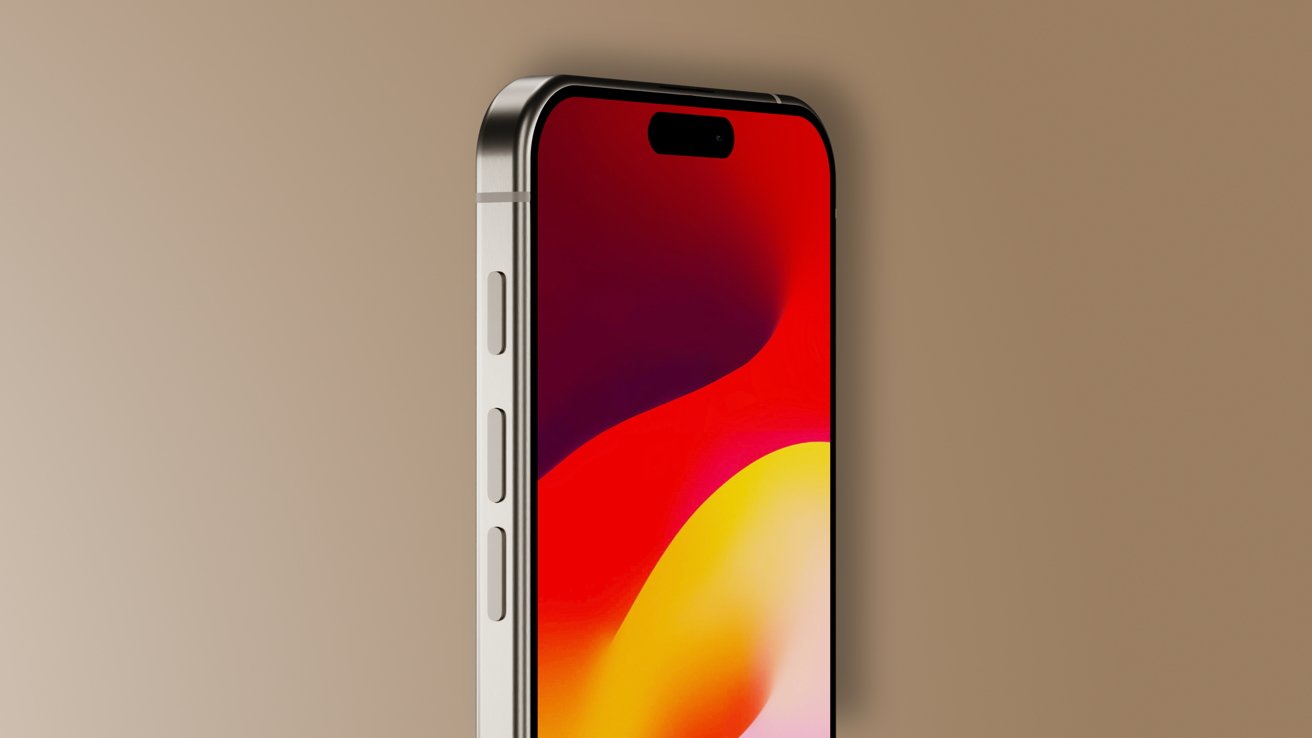
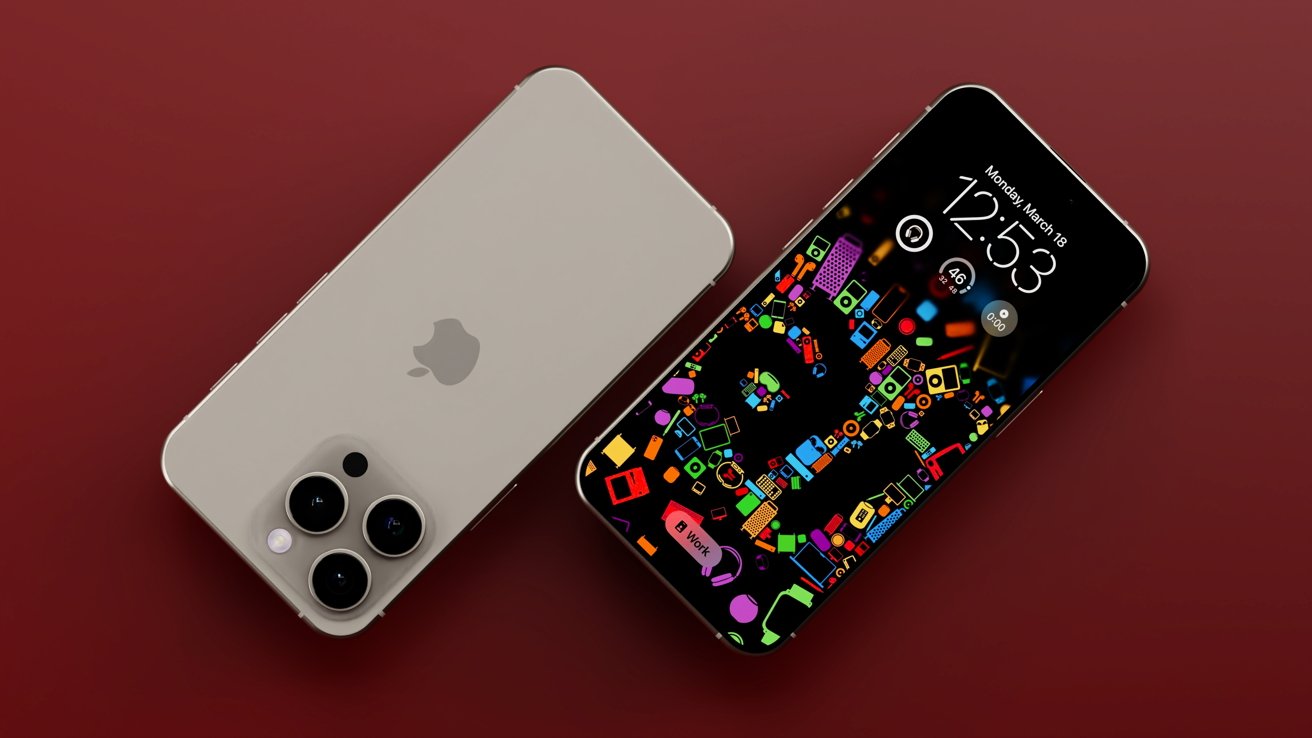

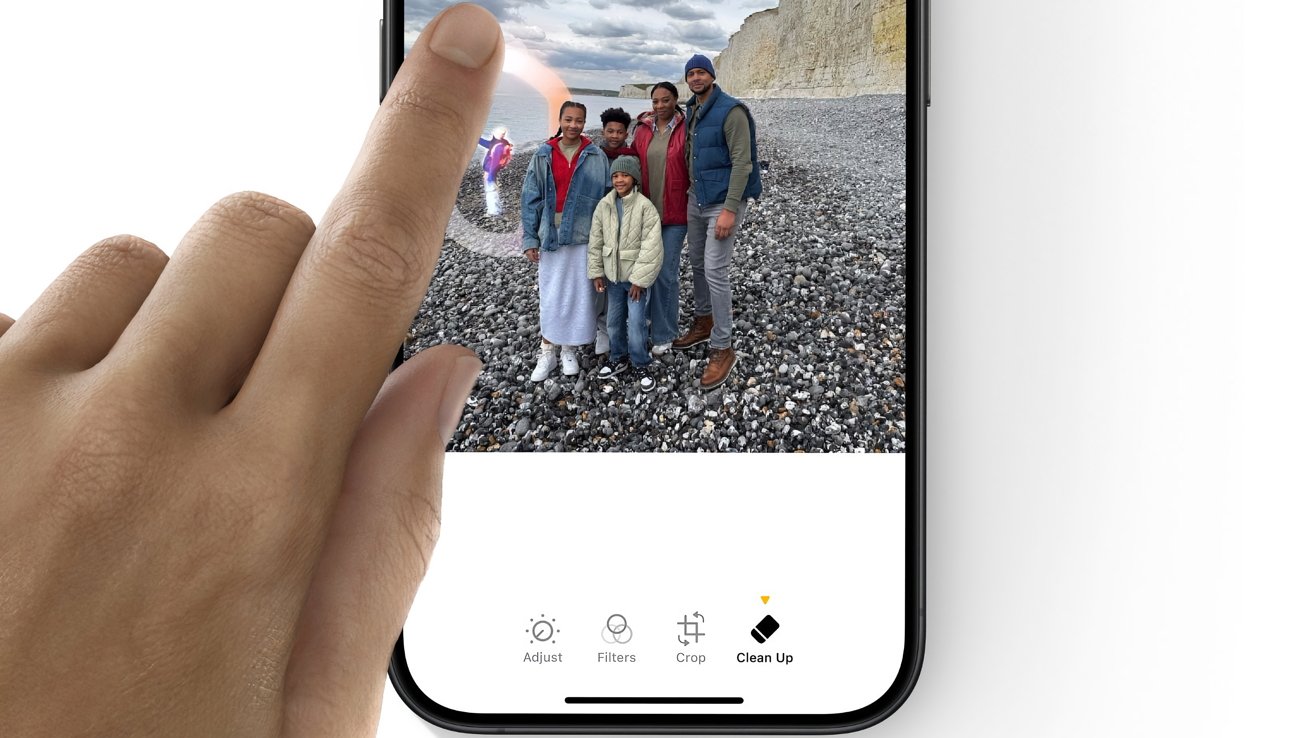
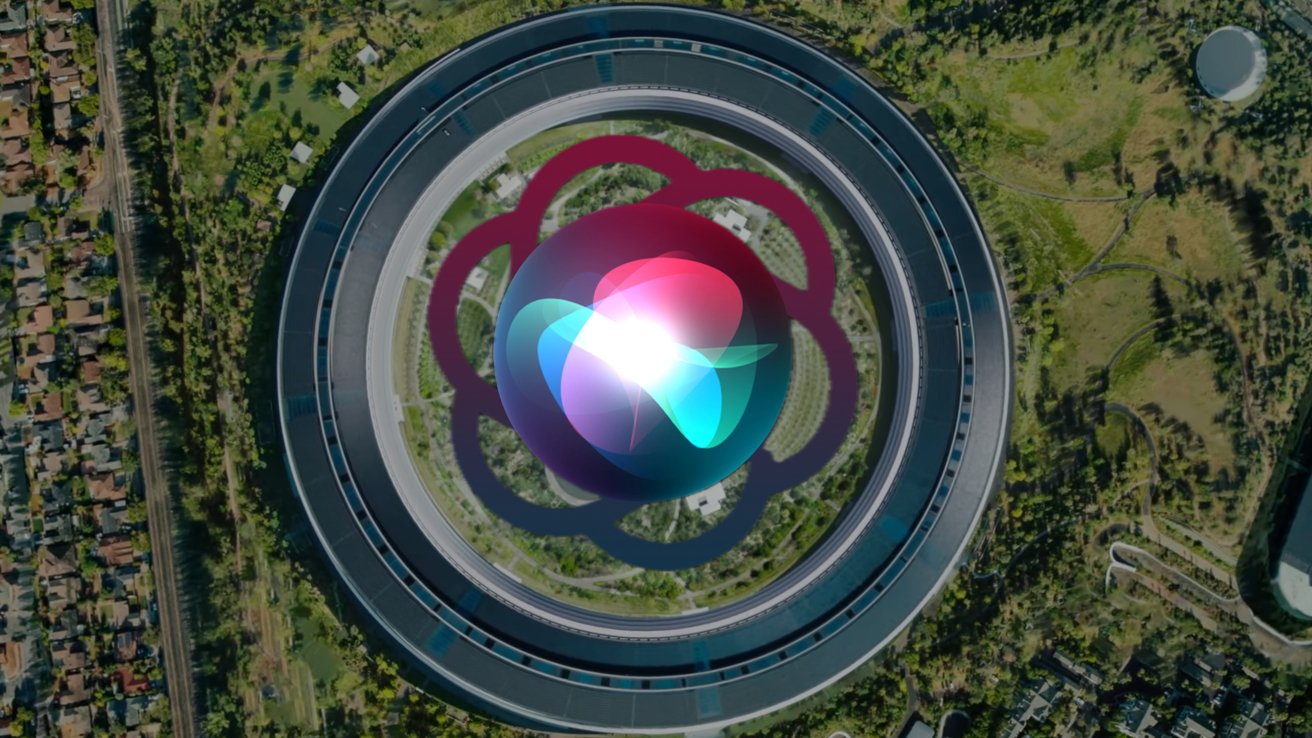
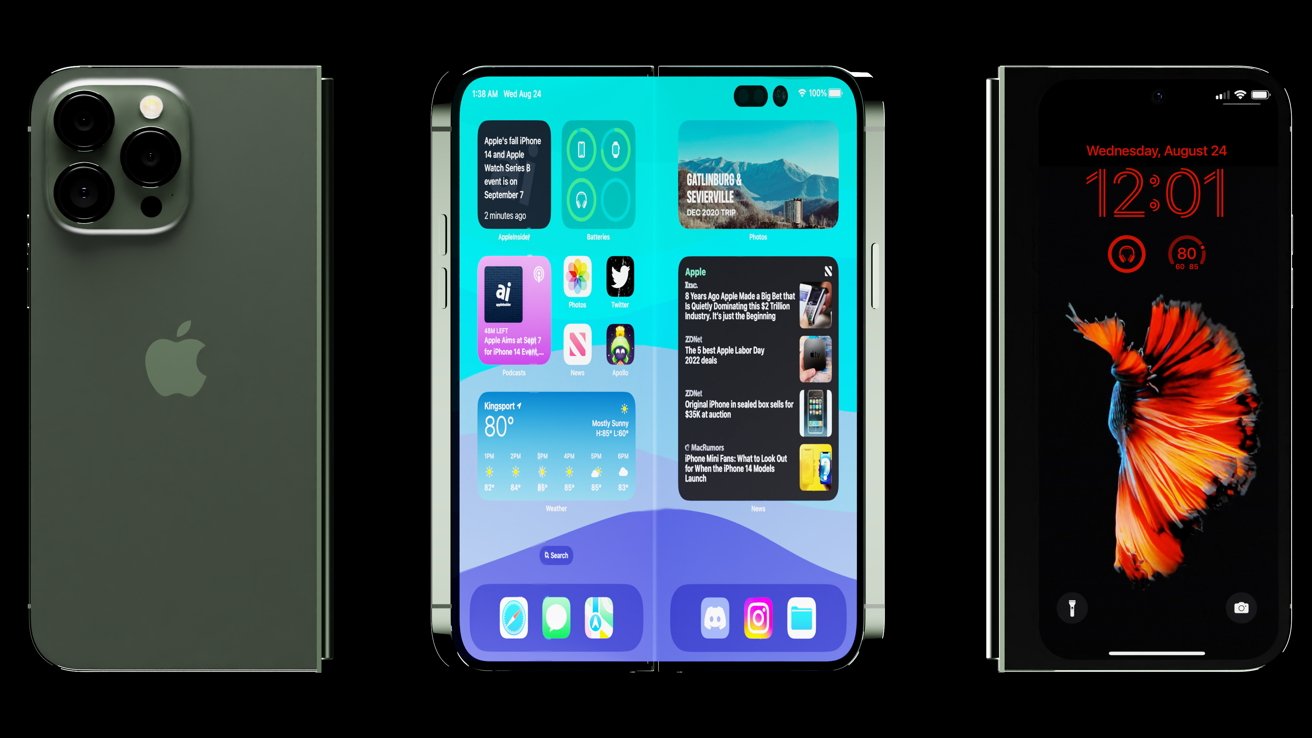
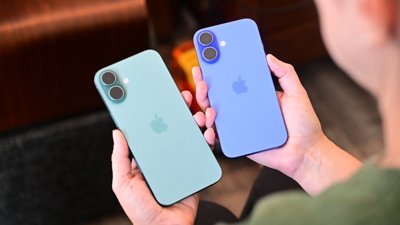
 William Gallagher
William Gallagher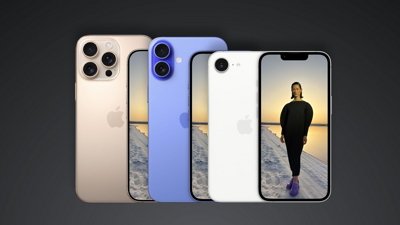
 Andrew Orr
Andrew Orr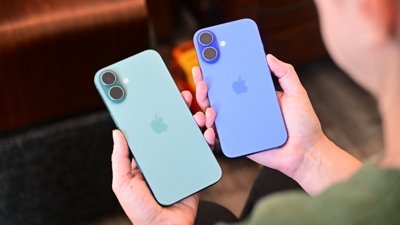
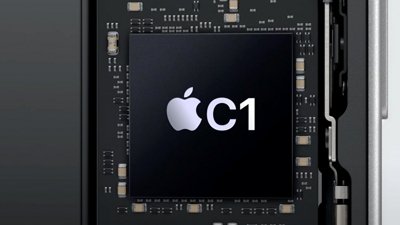
 Amber Neely
Amber Neely
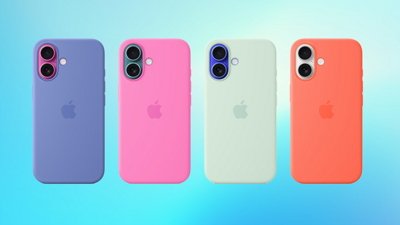
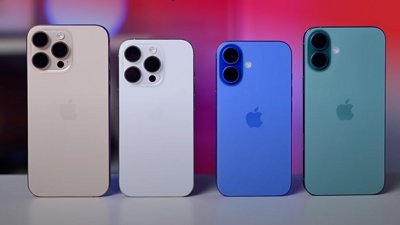
 Malcolm Owen
Malcolm Owen